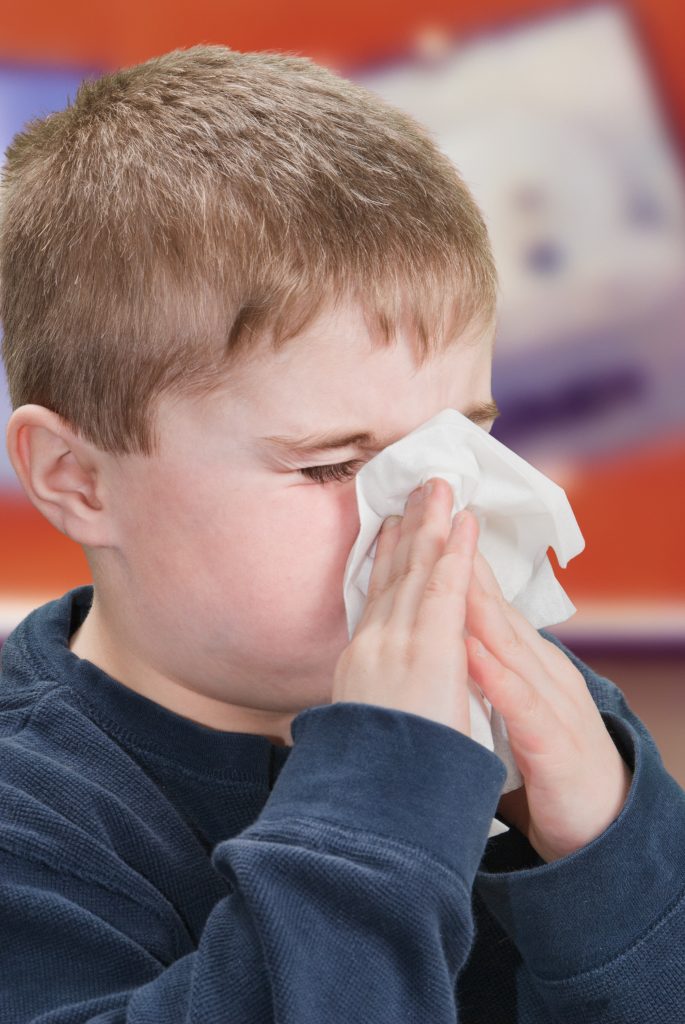
A person can go crazy worrying about all the bugs, pollutants and bacteria that might be hiding in your bed. Yuck. Renown microbiologist Philip Tierno, PhD, in his book, The Secret Life of Germs writes: “I can think of no single place that challenges a person immunologically day in and day out more than a mattress.”
Problem:
Various normal body excretions (sweat, urine and blood, for example) naturally accrue in the mattress, which then become fertile homes to all kinds of microorganisms. Some are harmless. Others less so. And still others are downright dangerous. People with allergies, those with weakened immune systems for any reason, the very young and the very old are particularly vulnerable to illnesses from these sources. It is ironic that their beds, the very place where the elderly find rest or the ill go to gather strength may in fact be the source of additional health-related problems.
Dust mites are members of the spider family and their diet consists of dead human skin that flakes off you and me every day of our lives. These almost-microscopic vermin are often the source of allergic and/or asthma attacks.

A close relative of the dust mite is the bed bug who has garnered a lot of public health publicity of late. Bed bugs have been discovered in every state and province, and the infestations have become alarmingly widespread in the larger cities. While they may not transmit diseases as other pests may do, the itchy, painful rash they inflict is not to be taken lightly. Bed bugs are also particularly challenging to exterminate completely. Commercial insect eradicators may be ineffective against bed bugs and may leave a noxious pesticide film in your bedroom.
Does Fido or Fluffy sleep with you? If so, you can add fleas, ticks, and the muck and germs that cling to your pet’s paws and fur. The Center for Disease Control has concluded cialis and viagra for sale that sleeping with pets has been linked to Methicillin-Resistant Stapylococcus aureus (MRSA), various opportunistic pestilences such as hookworm, and even plague. Yikes!
Dangerous chemicals in conventional mattresses are even more sinister threats than these pests. Mattresses are usually manufactured using polyurethane foam, nylon, polyester, and PVC all of which emit minute amounts of various gasses, or volatile organic compounds (VOCs). These, together with the application of well-intentioned fire retardants, can be the source of allergic and/or respiratory difficulties. “No one has tested every mattress for VOCs,” says a senior analyst at the Environmental Working Group (EWG). “Certification might help consumers make affordable choices.” They go on to say that organic mattresses are not “conclusively better” and airing out all new mattresses for a few days before using them was seen as the best suggestion.
Recommendations:
That’s an excellent idea for a new mattress, but to keep your existing mattress as healthy and free of contaminates as possible, we recommend the following course of action. First, call Reliable Carpet & Upholstery Care to professionally clean, sanitize and disinfect the mattress using hot water extraction and steam under pressure.

After treatment, vacuum it one more time and then seal with a tightly-woven, allergy-resistant mattress cover. Wash the bedding weekly in the hottest water available and add a little bleach. Launder the mattress cover at least every 6 months, using a large-capacity commercial (Laundromat) washer and dryer if necessary for oversize and/or padded covers.

Ultra violet light is another excellent disinfectant. We agree that it may be quite inconvenient or even impossible to haul your mattress out into the sunshine. However, you may find that futons, smaller crib mattresses and children’s mattresses are a bit more manageable. The occasional airing on a sunny day will do wonders for keeping them fresh and clean for your loved ones. It’s your decision of course, but we think the trouble and extra work are worth it.

